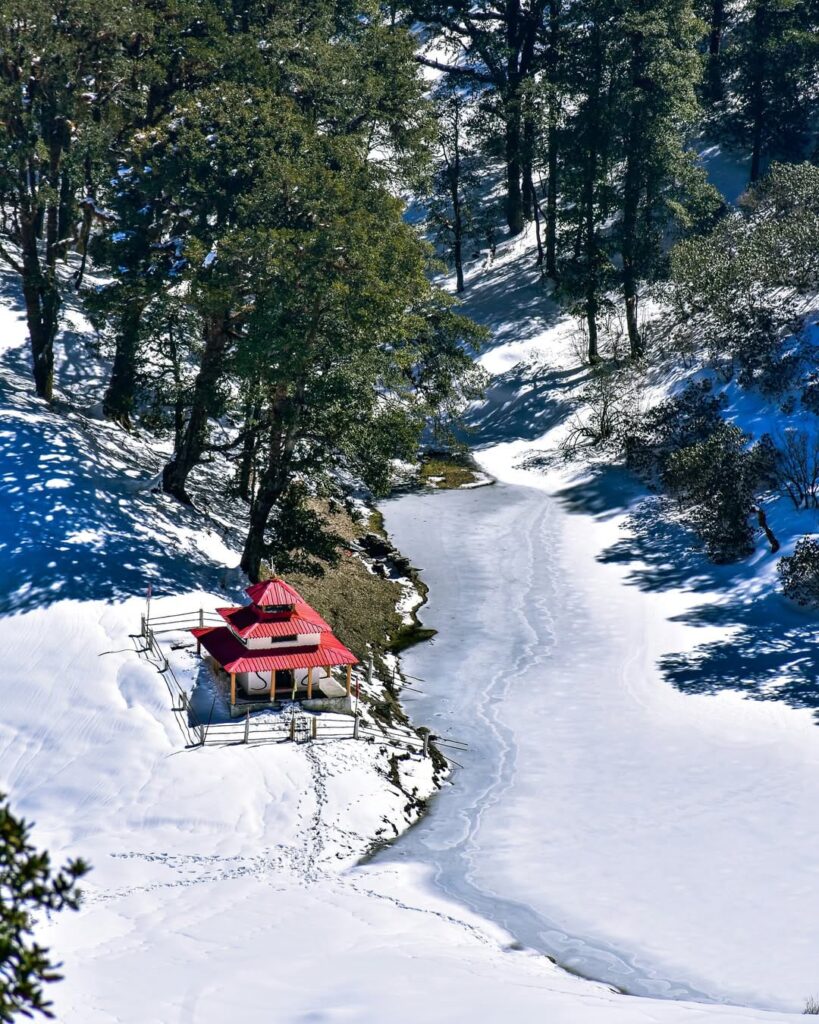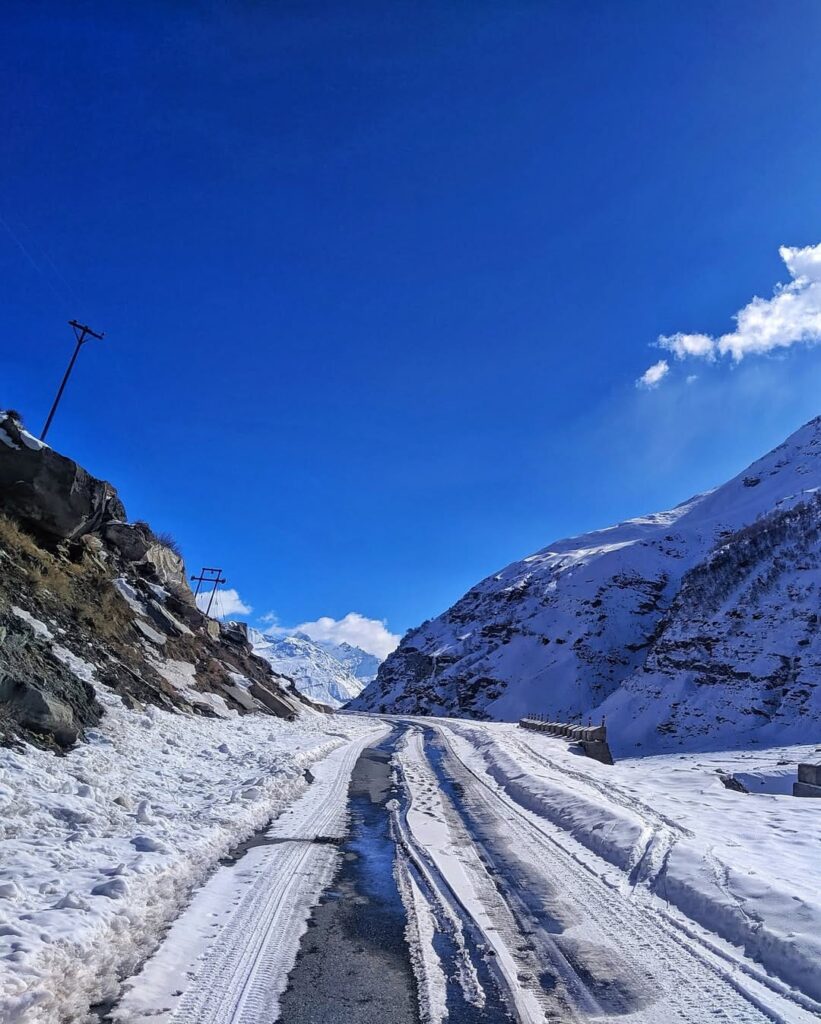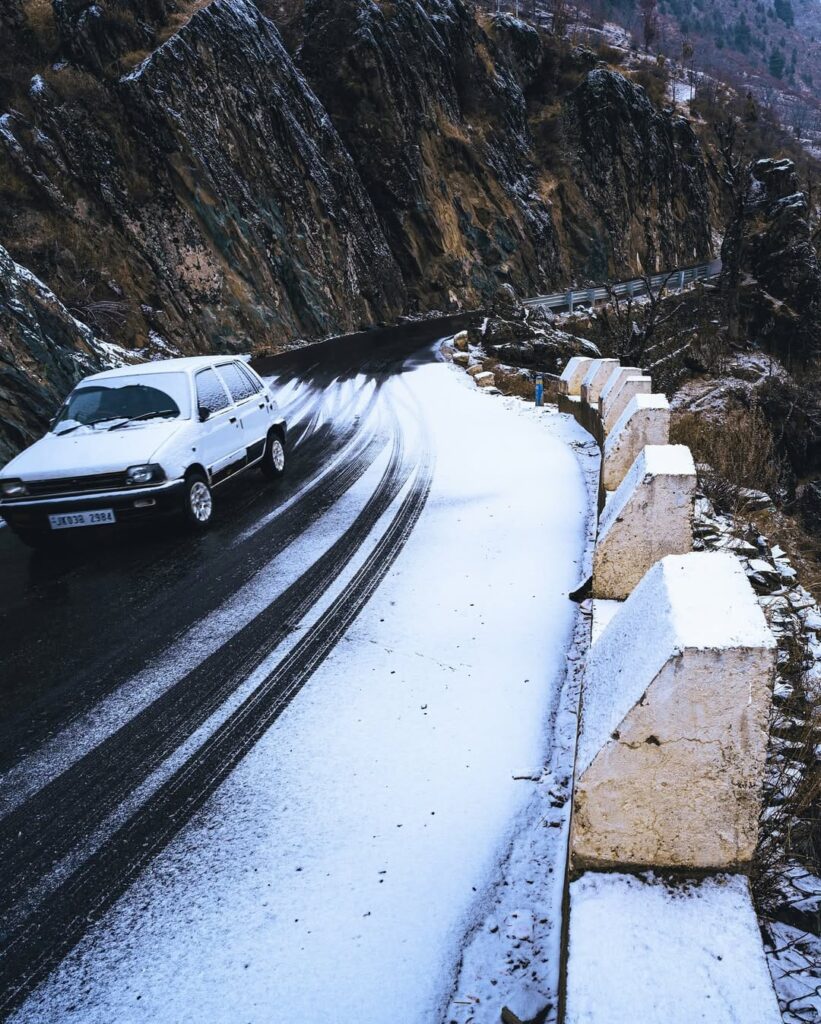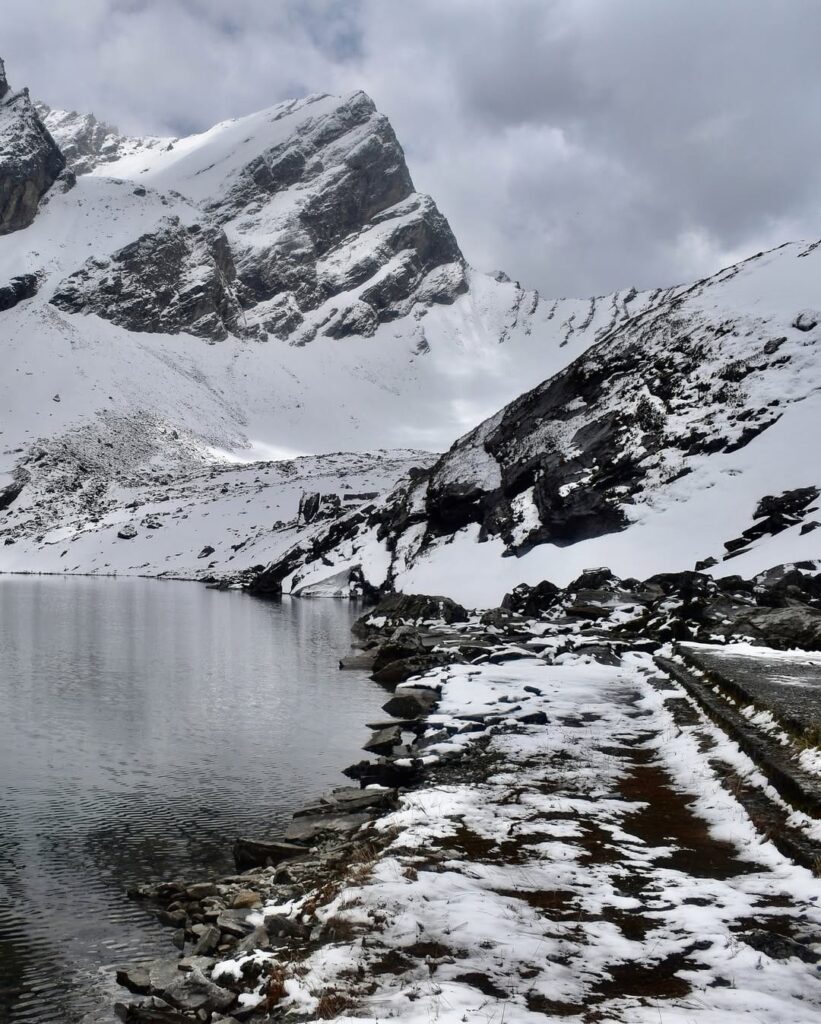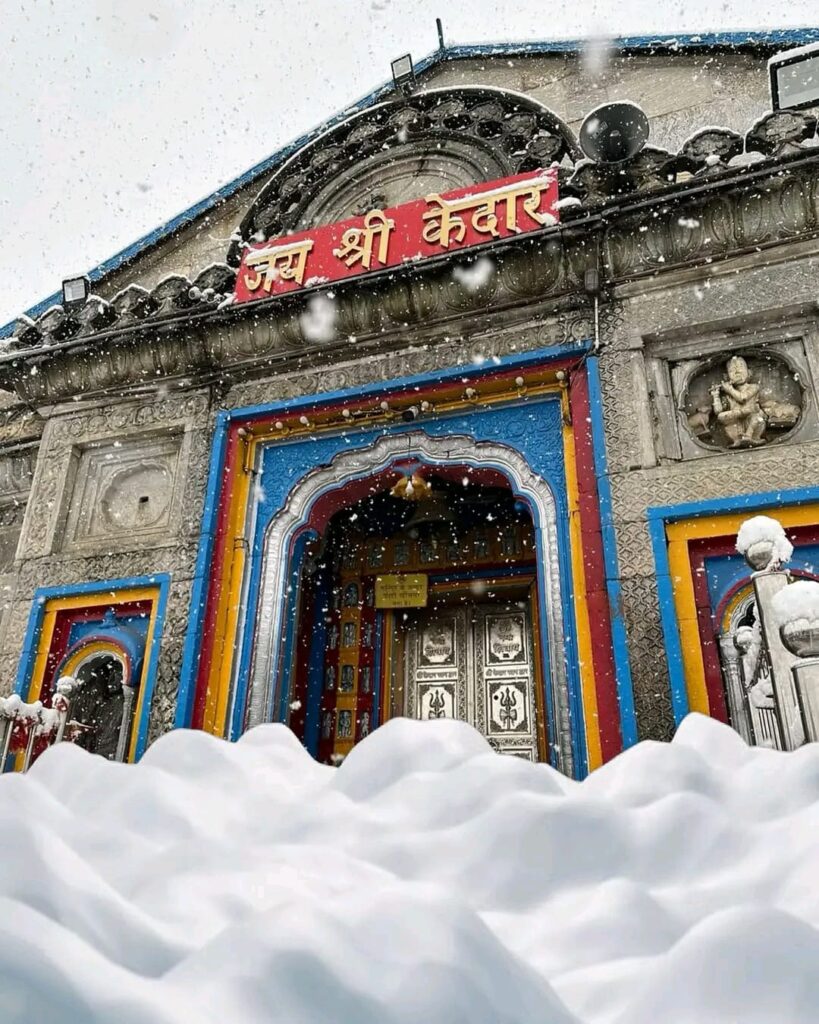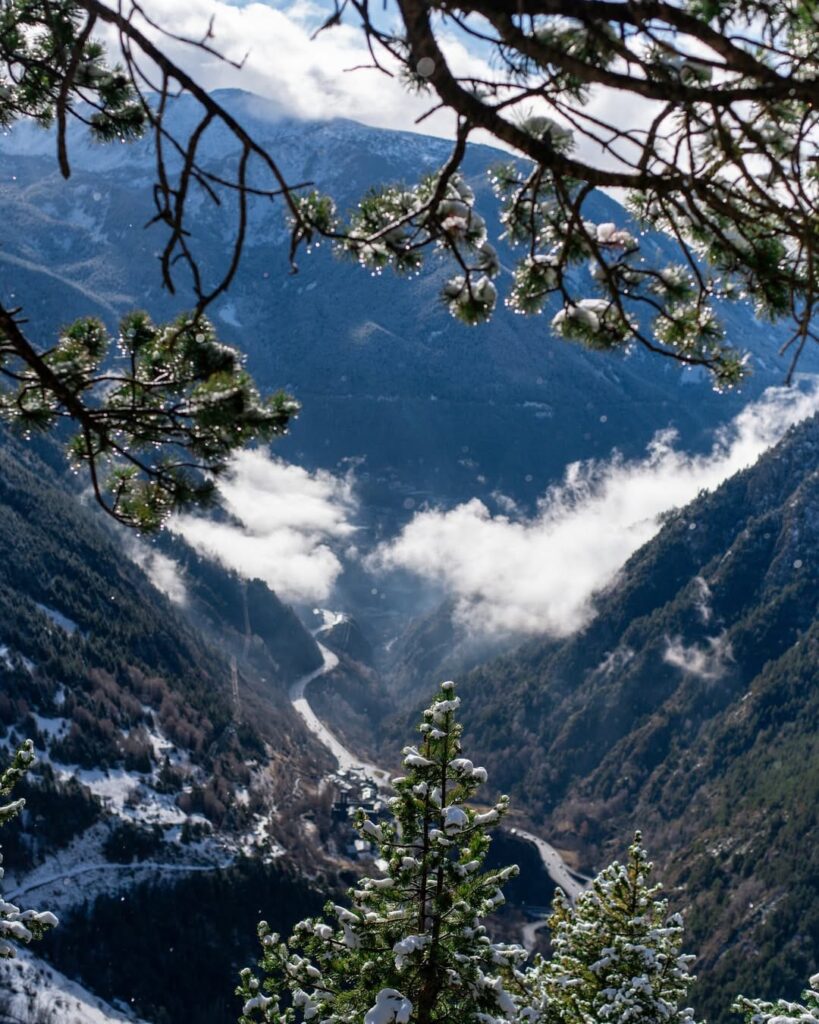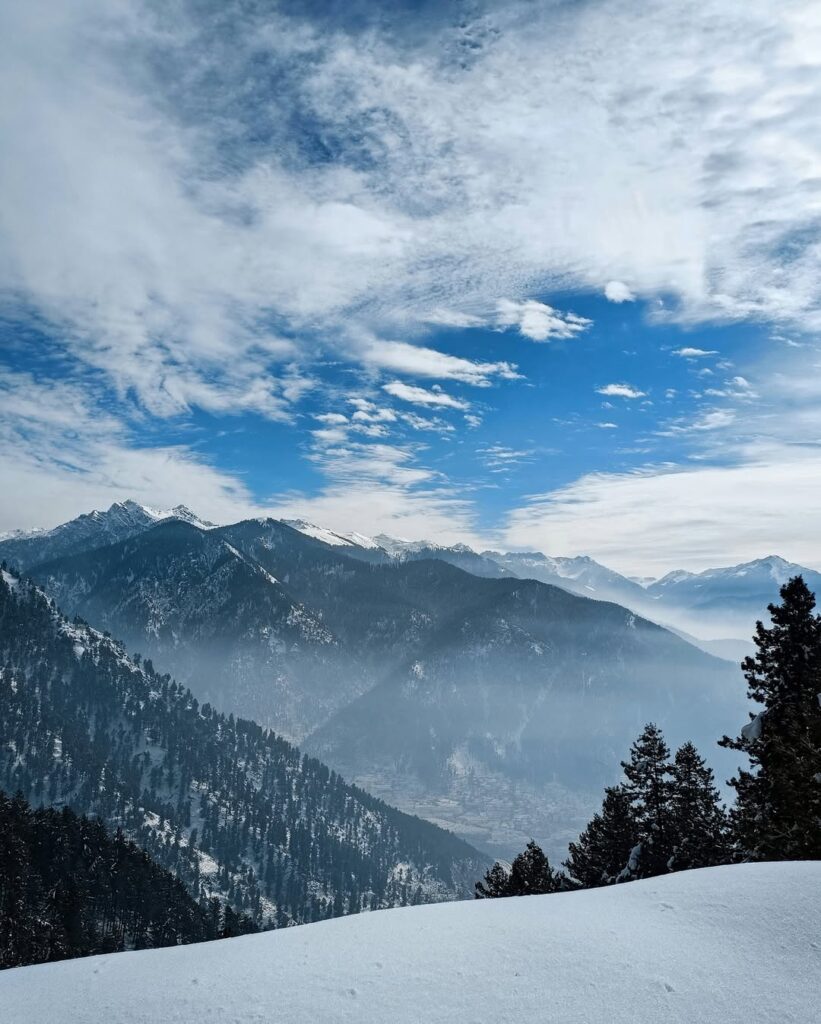The Himalayan belt of Kashmir, Himachal Pradesh, and Uttarakhand has turned into a winter wonderland with the first snowfall of the season arriving earlier than expected. From the holy shrines of Kedarnath and Badrinath in Uttarakhand, to the slopes of Gulmarg and Sonamarg in Kashmir, and the icy passes of Rohtang and Lahaul-Spiti in Himachal Pradesh, the mountains are now draped in snow.
While the snow has brought cheer to tourists and locals alike, weather experts warn that, much like this year’s record-breaking monsoon, the upcoming winter season may also set new extremes in terms of snowfall, temperature drops, and duration.
This article takes you through the latest updates, stunning visuals, ground-level impacts, and why this winter may turn out to be one of the most extreme in India’s recent history.
First Snowfall in Kashmir: Gulmarg, Sonamarg, and Sinthan Top Turn White
A Scenic Beginning in the Valley
Kashmir, known as “Paradise on Earth,” witnessed its higher reaches covered in a white blanket earlier this week. Tourist hotspots like Gulmarg, Sonamarg, and Pahalgam woke up to fresh snow, attracting early visitors.
- Gulmarg’s Affarwat slopes recorded fresh snow, hinting at a promising ski season ahead.
- Sinthan Top in Anantnag district received several inches of snow, turning the mountain pass into a surreal landscape.
- The Zojila Pass connecting Srinagar to Leh also witnessed snowfall, disrupting vehicular movement.
Authorities Take Precautionary Measures
Due to snow and rains in the plains, the Jammu administration closed schools in multiple districts until October 7. Farmers were also advised to suspend agricultural activities temporarily to avoid crop damage.
Temperature Drops Sharply
After the snowfall, Srinagar recorded 9.8°C while areas like Gulmarg dipped below freezing. The chill is already being felt across the Valley, signaling an early start to the winter season.
Himachal Pradesh Turns Icy: Rohtang, Lahaul-Spiti, and Dhauladhar Witness Snow
Rohtang and Dhauladhar Range Receive Fresh Snow
In Himachal Pradesh, the popular Rohtang Pass and the mighty Dhauladhar range reported the season’s first snowfall. The slopes of Kangra district glistened white, bringing relief to tourists but challenges for travelers.
- Vehicular traffic to Rohtang Pass was suspended due to slippery roads.
- The Dhauladhar mountains near Dharamshala and Palampur wore a new coat of snow, visible from the lower valleys.
Heavy Snow in Lahaul-Spiti
Snowfall was heavier in Lahaul-Spiti, where several areas received more than 30 cm of snow:
- Gondhla reported 30 cm.
- Keylong, the district headquarters, received around 15 cm.
- Kukumseri recorded –2.5°C, making it the coldest in the state during this spell.
Rainfall Adds to Chill in Lower Hills
While higher reaches were blanketed in snow, lower hills like Solan, Kangra, and Naina Devi received heavy rainfall. Naina Devi recorded 132.6 mm, Solan 119.6 mm, and Pachhad nearly 78 mm of rain.
This combination of snow in the mountains and rain in the valleys has triggered the risk of landslides and power outages in multiple regions.
Uttarakhand: Sacred Shrines Welcome Snowfall
Snowfall in Kedarnath and Badrinath
The first snowfall in Uttarakhand turned into a spiritual spectacle as the holy towns of Kedarnath and Badrinath received fresh snow on October 6. Pilgrims and priests shared visuals of snow-draped temples surrounded by white peaks, creating a breathtaking scene.
- Kedarnath Dham received moderate snowfall that blanketed the shrine and surrounding mountains.
- Badrinath also saw light snow showers, with an orange alert issued by the IMD.
Hemkund Sahib and Chamoli Districts Affected
Other high-altitude regions like Hemkund Sahib, Rudraprayag, and Chamoli also witnessed snowfall. The sudden weather change dropped temperatures sharply in Dehradun and other plains, leaving residents shivering earlier than expected.
Why So Early? Meteorological Explanation
Western Disturbances Bring Early Snow
The main reason behind this early snowfall is the arrival of Western Disturbances — weather systems originating from the Mediterranean region that bring rain and snow to northwestern India.
Usually, snowfall begins in late October or November, but this year the disturbance arrived early in the first week of October, causing widespread snow and rain.
Rapid Cooling and Negative Temperatures
Many regions in Himachal Pradesh and Kashmir reported sub-zero temperatures, allowing precipitation to fall as snow instead of rain. The sudden temperature dip has surprised locals who were still adjusting to autumn weather.
La Niña Effect Looming
Global weather agencies predict the arrival of La Niña between October and December. This climate phenomenon is known to intensify cold winters in India. Experts believe this could be a major factor in making the upcoming winter longer, colder, and snowier than usual.
Visuals That Captivated India
Kashmir: Snow-Capped Pines and Meadows
Social media is flooded with images of Pahalgam and Sonamarg covered in fresh snow. Tourists shared videos of pine forests and meadows wrapped in a delicate white sheet, creating postcard-like scenes.
Himachal: Rohtang and Dhauladhar in White
From Dharamshala, residents captured Dhauladhar peaks glistening in snow. Meanwhile, Rohtang’s icy roads reminded travelers of winter’s harsh realities.
Uttarakhand: Temples Amid Snow
The most breathtaking visuals came from Kedarnath and Badrinath, where temples stood against the backdrop of freshly snow-capped mountains. Pilgrims described the sight as “divine and surreal.”
Challenges Brought by the First Snow
- Transportation and Road Closures
- Rohtang Pass traffic suspended due to icy roads.
- Zojila and Razdan passes in Kashmir partially closed.
- Pilgrimage routes in Uttarakhand affected, with helicopter services reviewed for safety.
Power and Communication Disruptions
Heavy snow and rainfall caused power cuts in some villages of Himachal Pradesh. Telecom towers in high-altitude zones are also expected to face operational challenges.
Risk of Landslides and Avalanches
With fresh snow and continuous rains in lower hills, the threat of landslides and avalanches has increased. Local administrations have issued yellow and orange alerts.
Health Concerns
The sudden dip in temperatures has increased the risk of respiratory illnesses, flu, and frostbite in remote areas. Elderly populations and children are particularly vulnerable.
Impact on Tourism: A Double-Edged Sword
Boost for Winter Tourism
The early snow has already started attracting tourists to Gulmarg, Manali, and Kedarnath. Hotel bookings are rising, and local businesses are optimistic about a booming winter season.
Safety Concerns for Visitors
However, authorities warn tourists against reckless travel, especially on slippery routes and during active snowfall. Local administrations are focusing on balancing tourism promotion with safety measures.
Will This Winter Break Records?
Comparison with Monsoon Extremes
This year’s monsoon season broke records, with abnormal rainfall, floods, and landslides across India. Experts believe the same pattern of climate extremes could repeat in the winter.
Early Signals of an Extreme Winter
- First snow arrived a month earlier than usual.
- Sharp temperature drops in Himachal (–2.5°C) and Gulmarg (below freezing).
- La Niña conditions developing, which could extend and intensify the winter.
- If these indicators hold true, India may experience one of the coldest and snowiest winters in recent decades.
A Voices From Ground
- A hotel owner in Gulmarg: “We have started receiving calls from tourists already. If this trend continues, Gulmarg may see its best ski season in years.”
- A resident of Kangra, Himachal: “We didn’t expect snow this soon. Our fields are still active, and now we fear crop loss.”
- A pilgrim in Kedarnath: “Seeing the temple surrounded by snow was magical, but the sudden cold made the journey challenging.”
- These voices highlight both the excitement and challenges brought by the sudden winter shift.
Forecast Ahead: What to Expect
IMD Predictions
The Indian Meteorological Department (IMD) has predicted:
- Light to moderate snowfall in higher reaches till October 8.
- Cloudy skies and intermittent rainfall in Uttarakhand’s Chamoli, Rudraprayag, and Uttarkashi.
- Stabilizing weather in Kashmir after October 9, though more disturbances are expected later this month.
Alerts in Place
- Yellow alert in Himachal and Uttarakhand.
- Orange alert in Uttarakhand due to snowfall in pilgrimage zones.
- School closures in parts of Jammu region.
Historical Context: How Early is This Snow?
Traditionally, snowfall in the Himalayas begins in late October or November, depending on altitude. This year’s snow arrived in the first week of October, making it unusually early and widespread across three states simultaneously.
In Kashmir, the harshest winter period known as “Chillai Kalan” begins only in late December. This year’s early snowfall may amplify its severity.
A Winter of Beauty and Caution
The first snowfall in Kashmir, Himachal Pradesh, and Uttarakhand has turned the Himalayas into a mesmerizing spectacle. Yet behind the stunning visuals lies a looming reality — India may be headed for one of its harshest winters in recent memory.
As tourists rush to capture the beauty, and locals prepare for a tough season ahead, the early snow serves as both a blessing and a warning. The coming weeks will determine whether this winter simply charms or truly breaks records, reshaping how we experience the cold season in the Himalayas.
Related News: Read More

